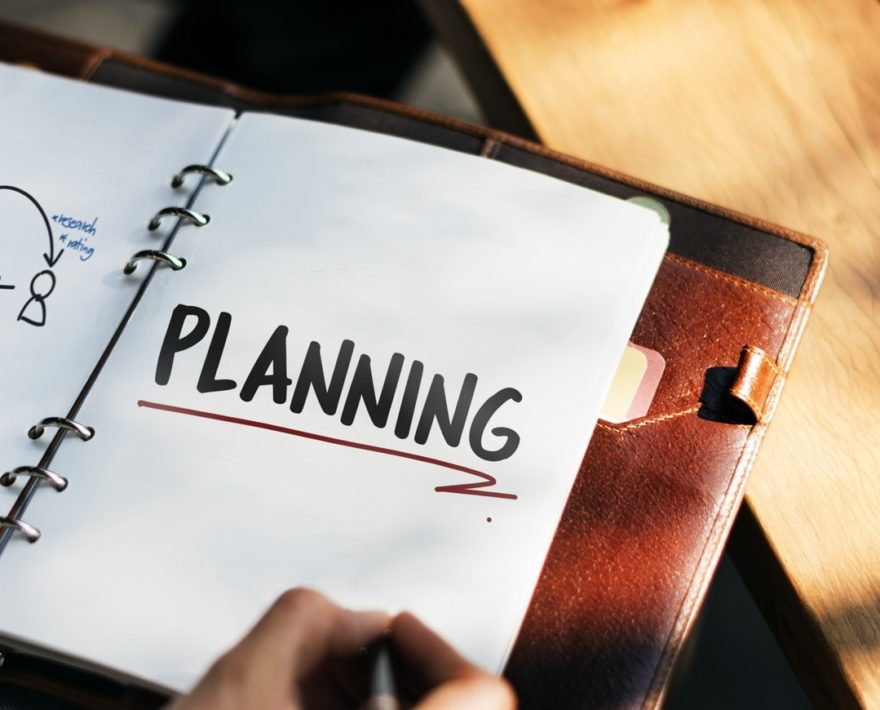Investors in their sixties are in a decade of decisions. Up to this decade, you could do very well by putting your saving on autopilot, and doing little more for your portfolio than occasionally rebalancing it. Now, you’re faced with some important decisions, whether you are planning to retire soon or to wait many years down the road.
See: Six Steps at Age 60
1. Social Security. The decision of when to start receiving your Social Security benefits is independent from when you retire from your job. The Full Retirement Age (FRA) today is 66, but you can start early benefits from age 62 on. Or you can delay past FRA, all the way to age 70, and receive an 8% annual increase in benefits for waiting.
Where else can you get a guaranteed 8% increase in benefits? It’s a great deal to wait, even if it requires that you spend down some of your cash. Guaranteed benefits are the best way to offset longevity risk, so maximizing your Social Security can be a great idea if you are healthy and have a family history of long lives. For married couples, there is a survivor’s benefit, which means that the spouse with the higher benefit has essentially a joint benefit. There are a lot of things which people don’t consider about Social Security, and that’s why it’s best to talk to me first.
See: Social Security, It Pays to Wait
See: Guaranteed Income Increases Retirement Satisfaction
See: Social Security Planning: Marriage, Divorce, and Survivors
2. Health Care. Medicare starts at age 6r5. If you retire before 65, you will have to figure out how you will be covered until age 65. And when you do reach age 65, you will sign up for part A, and probably Part B (unless you have proof of employer coverage), and will then need to consider whether a Medicare Supplement or Advantage plan makes sense for you. Again, lots of decisions here, and if you don’t sign up at your “window” at age 65, you may have to pay permanent penalties on Part B when you do enroll.
See: Types of Medicare Health Plans
3. Retirement Age. The most dangerous thing I can hear is “It’s okay, I don’t plan to retire.” There are so many people in their sixties who planned to work for another decade or more and things didn’t work out as planned. Maybe they were laid off, or had a health situation, or their spouse had a health issue, or their employer asked them to relocate. Things change. We can’t assume that we have the ability to maintain the status quo indefinitely by choice. My goal for every sixty-something client is that you work because you want to and not because you have to. So even if your planned retirement age isn’t until sometime after 75, make sure you and your family will be all set financially if you decide to retire earlier.
See: How Much Income Do You Need In Retirement?
4. Withdrawal Strategies. If you are retiring and starting withdrawals from your accounts, you will need to make decisions about how much to withdraw and from which account or assets. If the market goes down, can you withdraw the same amount? What is the most tax efficient way to withdraw from your accounts?
See: Taxes and Retirement
5. Asset Allocation. We typically plan for a 20-30 year retirement period, so even if retirement is close, we are still investing for the long-term. Even so, we want to reduce market risk in the five years before retirement to mitigate the potential impact of a bear market right before you plan to begin withdrawals. After retirement has begun, there is evidence that it may be beneficial to sell your bonds first and not rebalance your portfolio. This would mean that your equity holdings would become a larger weighting in your allocation over time.
See: What Is The Best Way To Take Retirement Withdrawals?
Of course, there are many other decisions which we evaluate in a financial plan, such as whether to take a pension or a lump sum upon retirement. When you are facing these decisions, what you don’t know can hurt you. That’s where I can help you navigate these decisions whether you have already retired, are retiring soon, or have many years before you plan to retire.













